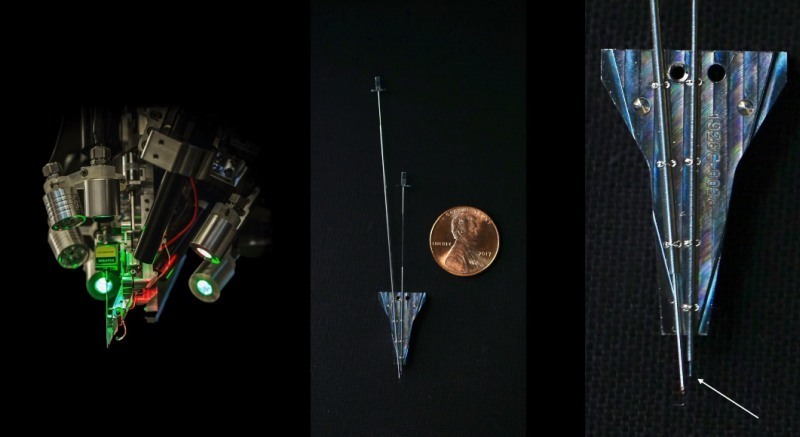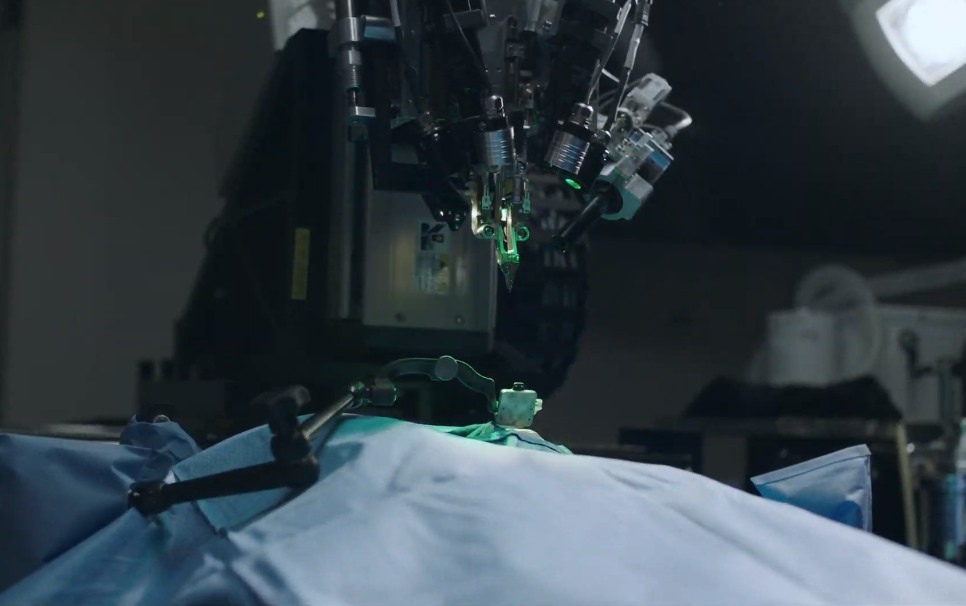For a dude that fears the robot uprising, Elon Musk is sure trying awfully hard to merge human brains with robots. His new startup, Neuralink, wants to create a neural link between humans and machines using a ‘sewing machine-like’ robot that will be able to implant ‘threads’ deep inside a human brain. Eventually. They’ve only tested it on rats so far. Or so Elon says…
In simpler terms, Neuralink is attempting to build a device that’ll allow you to control computers and phones with your brain. Although it’s technically considered a startup, the company has already started testing on rats, and right now it can ‘read’ a rat’s mind with the help of tiny electrodes placed inside rodent neurons and synapses. Now it needs approval from the US Food and Drug Administration (FDA) to start trials on humans.
 Apparently, the company‘s plans to drill 8mm holes in a paralyzed human’s skull and install implants. The implants should allow subjects to control smartphones and computers. Sounds horrible? Don’t worry! Because the company plans to use lasers to drill the holes in future to reduce pain from the procedure. Yeah, that’ll help.
Apparently, the company‘s plans to drill 8mm holes in a paralyzed human’s skull and install implants. The implants should allow subjects to control smartphones and computers. Sounds horrible? Don’t worry! Because the company plans to use lasers to drill the holes in future to reduce pain from the procedure. Yeah, that’ll help.
Neuralink’s brain interface
The ‘sewing machine-like’ robot that does the implanting is fitted with a 24-micron needle that is used to insert threads into the brain while avoiding important blood vessels on the brain’s surface. This thread will analyse or ‘read’ the brain’s activity and send it to a receiver (a chip) on the surface of the skull. From there it transmits wirelessly to the external ‘Link’ device.
 Connecting the Link, which will likely be a wearable device, will allow for reading spikes from neurons, and for easy software or firmware updates.
Connecting the Link, which will likely be a wearable device, will allow for reading spikes from neurons, and for easy software or firmware updates.
As a first step, Neuralink wants subjects to control mobile phones and input devices (like a mouse and keyboard) with this device. It has also developed an iPhone app that’ll help them control an iPhone, keyboard, or mouse with gestures and (likely) thoughts. You’ll need to have threads implanted to use the app, though.
Although the concept sounds great at its core, it sounds like a far-off sci-fi concept at this stage. The company, however, hopes to start human trials in about two years so a practical implementation isn’t far off.
Source: Bloomberg via Engadget




